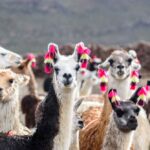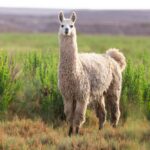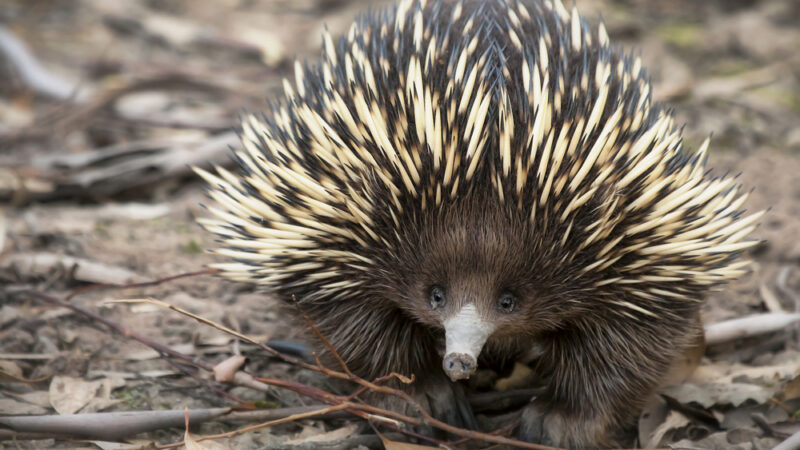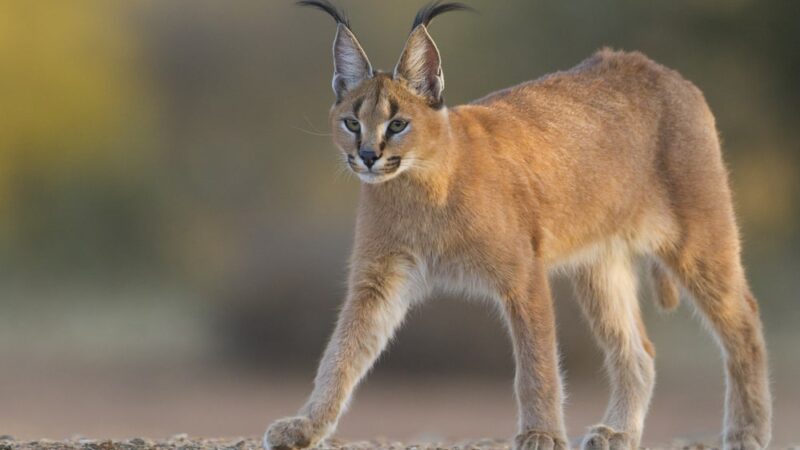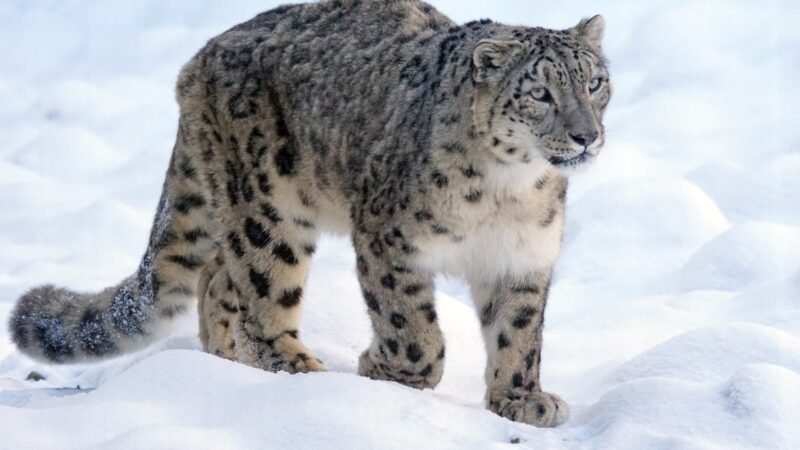Llama
Shelter for Animal | Llama | Recently Llama (Lama glama) animal was almost as Obscure as Chester leaving behind any trace of food at mealtime until the 1970s it was pretty uncommon to hear mention of this spinning speed by today’s standards.
Llama animal facts
This seems unheard of considering the droves of llama references in today’s internet culture we’re getting ahead of ourselves though looking back to somewhere around 40 million years ago. The early ancestors of llamas lived in today’s North America. Land bridges that aren’t around anymore allowed them to travel to Asia as well as South America.
Llama habitat
Asian species evolved to endure desert terrain while South American species evolved to live in the Andes Highlands. So, if you haven’t already guessed this means that Llamas and Camels are actually cousins, with llamas, of course, lacking that iconic hump those Llama ancestors and is up dying off around the end of the Pleistocene period.
When there is a pretty massive extinction event of other large mammals as well but the large herds living in the Andes prospered and developed into the llamas. We know today something interesting though is that there are not any wild llamas well maybe with the exception of that one that got loose from a German Zoo be a free little llama.
They are descended from the wild guanaco but they themselves are a domestic species. They have been raised primarily in South America and the Spanish conquest during the 1500s took a huge toll on their numbers.
Where do llamas live?
During this time they were estranged to only the highest elevations where the domestic sheep of Spanish conquerors were unable to live. Since then they’ve gained back some ground, what’s more, is that the llama probably didn’t even return to North American soil until the late 1800s. At one point there were approximately only 12 llamas living in North America and a band placed on their importation.
In the 1930s halted their growth there pretty significantly it wasn’t until the ban was raised in the 1970s that llamas again began to prosper in their originally made of terrain. Now there are more than 100,000 llamas living in North America. They actually live all around the world including Europe Australia and Canada though most of them live in Bolivia.
Llama adaptations
Llamas are kept primarily as pack animals and resources of fiber a full-grown. Llama can carry more than 50 pounds of weight 20 miles in a day if they’re feeling up to it anyway too much weight and a llama will refuse to move completely. Sometimes even lying down and spitting until their load is lightened.
They’re usually sheared or they have their fur cut once every two years their fur isn’t as valuable as their relative the Alpaca but it is still used to make outerwear as well as ropes and rugs. They are also used as source meat and as guard animals perhaps there’s a questioning look developing upon your face there certainly was online and coming across this information guard llamas.
They’re used mostly in western regions of North America where canid populations are hired by placing a llama with a group of livestock such as goats or horses.
Domestic animal
They will typically accept the other animals as part of their herd and protect them from predators and llamas. They don’t mess around they’ll kick and bite and of course spit at any creature. They consider a threat to themselves or their herd maybe this behavior was the inspiration behind the guard llama, which you may have seen on an episode of ABC’s Shark Tank speaking of llama herds.
They prefer to live in groups of upwards of 20 individuals consisting of a male and his females as well as that year’s offspring at about year baby llamas or Koreas are kicked out to find their own herds. Llama differs from most large mammals in that they don’t have a set time during the year in which they breathe females don’t go in the heat and instead are induced ovulate errs meaning that they only release an egg after mating.
This typically means that llamas are successful in conceiving a baby with their first attempt. The females will gestate or remain pregnant for about a year when they give birth it usually happens in the morning when the temperature is warmer and the Correa is usually up and running within its first hour of life when they’re born.
Body appearance
Llamas actually weighs around 30 pounds and by adulthood can weigh up to 450 pounds. Although typically they weigh around 300 pounds, they can grow to be up to 6 feet tall from head to foot. They have long curved ears along next long legs and a short tail their fur is thick and usually appears reddish-brown in color. Although they can range from white to dark brown and even have spots.
They typically live to be about 15 years old but some have lived in with their 20s. Most llamas live in the Andes mountain range at about 3,000 meters above sea level. They eat grasses and leaves and favor plateaus where these foods are abundant their main predators are canids such as coyotes and also large cats.
Humans also had a pretty huge impact on their numbers in the past but today Llamas are prospering with their recent resurgence in popular media hopefully they’ll stick around for a while.
Reference: Wikipedia
